Jump To
Understanding the Basics
How to Make a Purée ?
How to make a purée is a simple yet versatile process. In this guide, you’ll learn how to make a purée step by step. starting with cooking ingredients like fruits, vegetables, or legumes until they become soft, then blending or mashing them into a smooth, uniform mixture. This process removes lumps and uneven textures, resulting in a silky consistency. Purées are versatile and commonly used in both culinary and nutritional contexts thanks to their adaptability and simplicity.
Definition and Characteristics
A purée differs from other food textures in its consistency and method of preparation. Unlike chopped, diced, or even mashed foods, a purée is entirely smooth. This makes it an ideal choice for:
- Baby food and weaning diets
- Sauces, soups, and fillings
- Accommodating individuals with difficulty chewing or swallowing (dysphagia diets)
A well-made purée should have a silky, lump-free texture and balanced flavors that complement the dish.
Differences Between Purée and Other Food Textures
While purées are similar to mashed foods, the distinction lies in the texture. Mashed foods often retain some chunkiness, while purées are completely smooth. Another comparison is with emulsions like sauces, where purées are thicker and typically require fewer stabilizers.
Why Make a Purée? Benefits of Homemade Purées
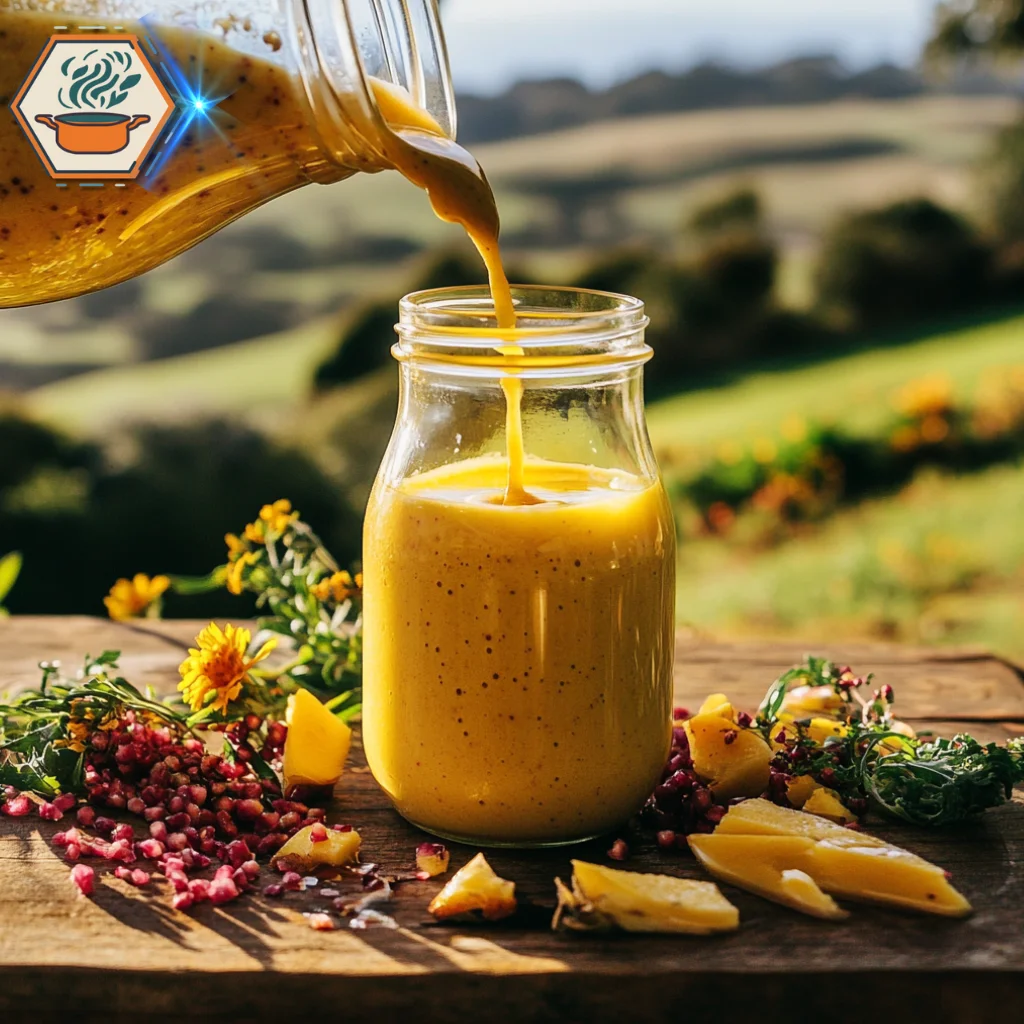
Purées are more than just a culinary technique—they offer a range of benefits for health-conscious eaters, gourmet chefs, and even home cooks. Learning how to make a purée also ensures you can prepare nutrient-rich meals for any diet.
Nutritional Benefits
Purées are nutrient-dense, especially when made from whole, fresh ingredients like vegetables, fruits, or legumes. Cooking and blending foods can also help make certain nutrients more bioavailable, meaning your body can absorb them more easily. For instance, blending carrots into a purée enhances the absorption of beta-carotene, an essential antioxidant.
Explore : What is strawberry puree made of?.
Culinary Versatility
One of the greatest advantages of purées is their adaptability. They serve as the base for numerous recipes, from soups like classic butternut squash purée soup to desserts such as fruit coulis for cakes. Purées also allow chefs to experiment with flavors, creating innovative combinations that elevate a dish.
Essential Tools for Making Purée
Creating the perfect purée requires the right tools and equipment. While the specific tools may vary depending on the type of food you are processing, some essentials are indispensable.
Blenders, Food Processors, and Mashers
- Blenders: Ideal for making ultra-smooth purées, particularly for liquids and soft foods like fruits or cooked vegetables. Choosing the right blender is key when learning how to make a purée at home.
- Food Processors: Better suited for thicker purées, such as hummus or nut butters, as they handle dense textures effectively.
- Mashers: Traditional tools for making rustic purées, especially for potatoes or other starchy vegetables.
For ultimate convenience, many cooks invest in immersion blenders, which allow purées to be made directly in pots or bowls, reducing cleanup time.
Choosing the Right Equipment
Selecting the right tool for purée-making depends on the texture and type of purée you’re aiming for. Whether you’re making baby food or sauces, choosing the right blender is key when learning how to make a purée
Print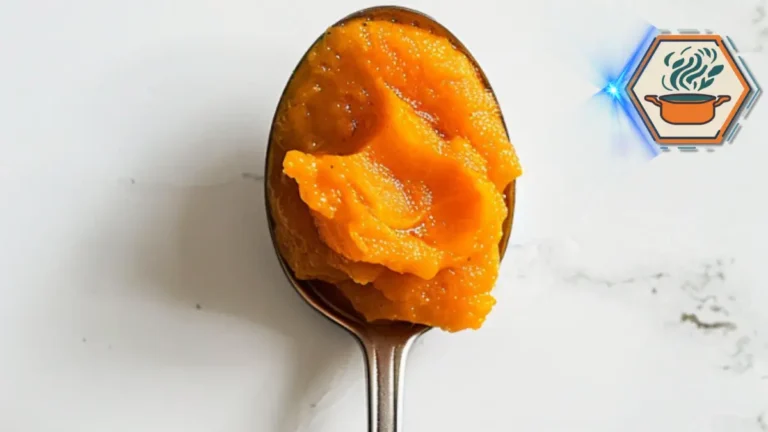
How to Make a Purée – Smooth & Flavorful
Learn how to make a purée at home with simple steps. Perfect for fruits, vegetables, or legumes, this guide helps you achieve a smooth, nutrient-rich texture for soups, sauces, baby food, and gourmet dishes.
- Total Time: 25 minutes
- Yield: 2 cups purée
Ingredients
2 cups vegetables or fruits (carrots, apples, pumpkin, etc.)
½ to 1 cup liquid (water, broth, or milk)
1 tbsp butter or olive oil (optional, for flavor)
Pinch of salt (optional)
Instructions
Wash and peel your chosen vegetables or fruits.
Cut into small, uniform pieces.
Cook until tender (boil, steam, or roast depending on flavor).
Blend in a food processor or blender, adding liquid gradually.
Adjust thickness as needed and season to taste.
Notes
Use roasted vegetables for richer flavor.
Add herbs or spices for variety.
Freeze extra purée in ice cube trays for later use.
- Prep Time: 10 minutes
- Cook Time: 15 minutes
- Category: Sauces & Condiments / Baby Food
- Method: Blending / Stovetop
- Cuisine: Universal
- Diet: Vegan
Key Ingredients for the Perfect Purée
The choice of ingredients is critical to achieving a delicious and nutritious purée. If you know how to make a purée with fresh fruits and vegetables, the results are always smoother and more flavorful.
Fruits, Vegetables, and Legumes
- Fruits: Ideal for desserts or sweet accompaniments. Examples include apples, mangoes, and berries.
- Vegetables: Staples like carrots, peas, and butternut squash offer vibrant colors and flavors.
- Legumes: Chickpeas or lentils add protein and a creamy texture, making them perfect for savory purées like hummus.
Adding Liquids: Broth, Milk, or Cream
To achieve the desired consistency, adding liquids is essential. Some options include:
- Broth: Enhances the savory flavor, especially for vegetable or legume purées.
- Milk or Cream: Adds richness and a silky finish, perfect for luxurious purées like mashed potatoes.
Optional Seasonings and Enhancers
Seasonings and enhancers like herbs, spices, or oils can transform a simple purée into a gourmet creation. For example:
- Herbs: Add a fresh, aromatic quality.
- Spices: Such as cumin or cinnamon, complement sweet or savory purées.
- Oils and Butters: A drizzle of olive oil or a pat of butter adds depth and richness.
For more insights on cooking techniques, visit Wikipedia’s article on purée.
Step-by-Step Guide: How to Make a Purée at Home
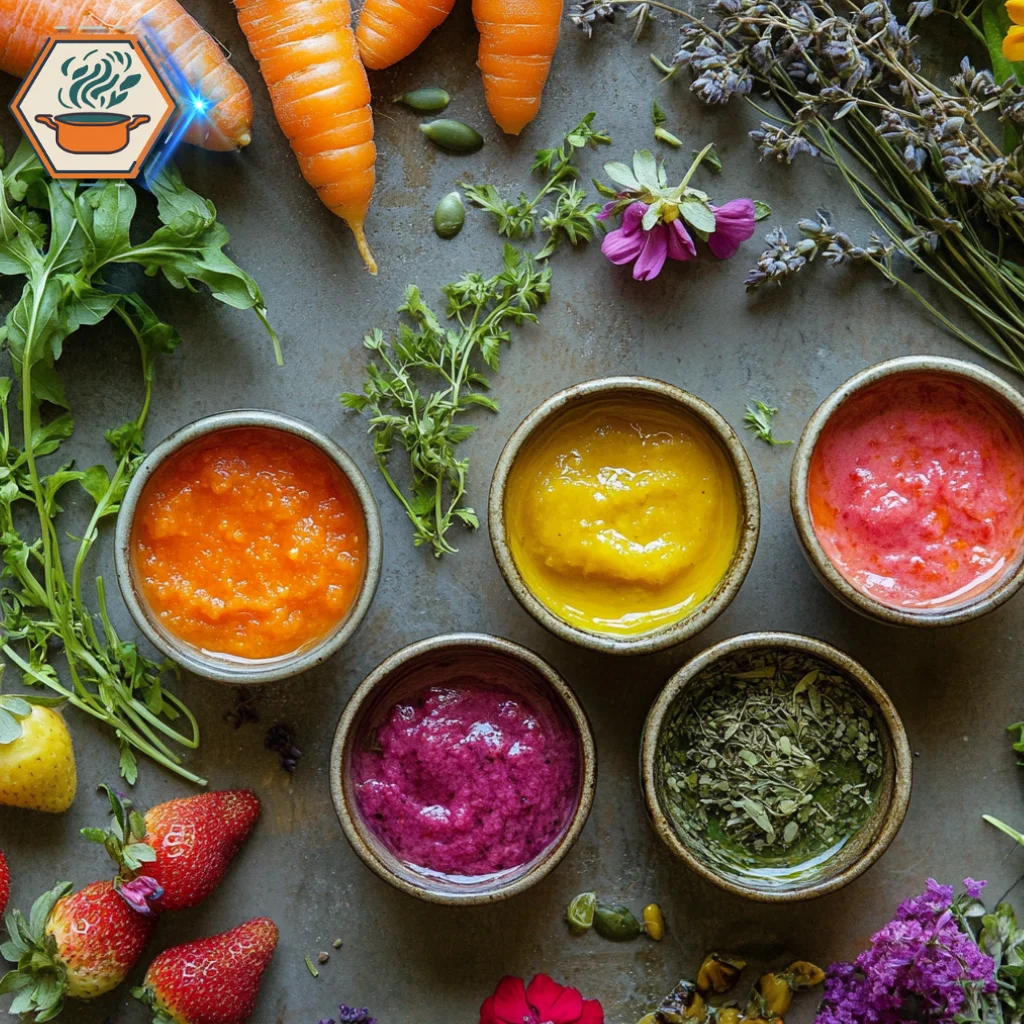
Creating a perfect purée requires attention to detail and a few key steps to achieve the smooth, creamy consistency everyone loves. Whether you’re making mashed potatoes, vegetable purées, or fruit purées, understanding the proper techniques is essential for excellent results. This guide walks you through each step of the process, from preparation to blending, and provides helpful tips for preserving flavor and nutrients. Let’s dive in!
Preparation Before You Start
Washing and Peeling Ingredients
Before you begin, proper preparation of your ingredients is crucial. Washing and peeling not only ensure cleanliness but also improve the texture of the final product. Here’s what you need to do:
- Wash thoroughly: Even if you plan to peel your ingredients, it’s important to wash them under running water to remove any dirt or pesticides.
- Peel with care: For most root vegetables like potatoes and carrots, peeling is recommended for a smoother texture. However, some fruits and vegetables, such as apples or tomatoes, may retain a lot of their nutrients in the skin, so consider whether peeling is necessary based on the recipe.
- Cut into uniform pieces: Evenly sized pieces cook at the same rate, ensuring that your purée will be smooth and consistent. Use a sharp knife or vegetable chopper to get precise cuts.
Proper Cutting Techniques for Uniform Cooking
Once your ingredients are washed and peeled, the next step is cutting them into uniform pieces. This is vital for even cooking, which results in a more consistent texture in your purée. Here are some tips for cutting your ingredients properly:
- Small and uniform: The smaller the pieces, the faster and more evenly they cook. For potatoes, carrots, or other firm vegetables, aim for about 1 to 2-inch chunks.
- Shape matters: Keep all pieces roughly the same size to avoid uneven cooking. Larger pieces may take longer to cook, resulting in a mixture of overcooked and undercooked portions that can affect the final texture of your purée.
Cooking Methods for Purée Ingredients
When it comes to cooking your ingredients, the method you choose can affect both the flavor and texture of your purée. Let’s explore the most common techniques for cooking purée ingredients: boiling, steaming, and roasting.
Boiling, Steaming, or Roasting: Which is Best?
Each cooking method has its own advantages. If you want to master how to make a purée with maximum flavor, here’s when to use each technique:
- Boiling: This is the most common method, especially for root vegetables like potatoes. Boiling softens the ingredients quickly, allowing them to be puréed easily. However, be cautious about overcooking them, as they can become too watery.
- Steaming: Steaming is a gentle cooking method that preserves more nutrients and flavors compared to boiling. It works especially well for vegetables like carrots or squash, which can become too soggy if boiled.
- Roasting: Roasting is perfect for vegetables and fruits that have a naturally rich flavor, like sweet potatoes, tomatoes, or butternut squash. The high heat concentrates the flavors, giving your purée a deep, caramelized taste. Roasting also helps retain more nutrients compared to boiling.
In the end, the best method depends on the type of ingredient you’re using and the flavor profile you’re looking for. For an extra tip: Try steaming for delicate vegetables like peas or broccoli, and roasting for sweeter, heartier vegetables like sweet potatoes or carrots.
Tips to Preserve Nutrients and Flavor
To get the best possible purée, you’ll want to preserve both the nutrients and flavors of your ingredients. Here are some useful tips:
- Use minimal water: When boiling or steaming, avoid using excessive water. Too much liquid can cause the nutrients to leach out, leaving you with a bland purée. Instead, use just enough water to cook the vegetables.
- Avoid overcooking: Overcooking ingredients can cause them to lose nutrients and become mushy. Keep an eye on cooking times, and once the ingredients are fork-tender, they’re ready to purée.
- Flavor enhancers: If you want to boost the flavor without sacrificing nutrition, try adding fresh herbs or spices during cooking. A sprig of thyme, rosemary, or a dash of garlic can bring out the natural flavors of your purée.
Blending Techniques for Smooth Results
The next step in the process is blending. To achieve the perfect texture, blending is key. Here’s how you can do it right:
How to Achieve the Right Texture
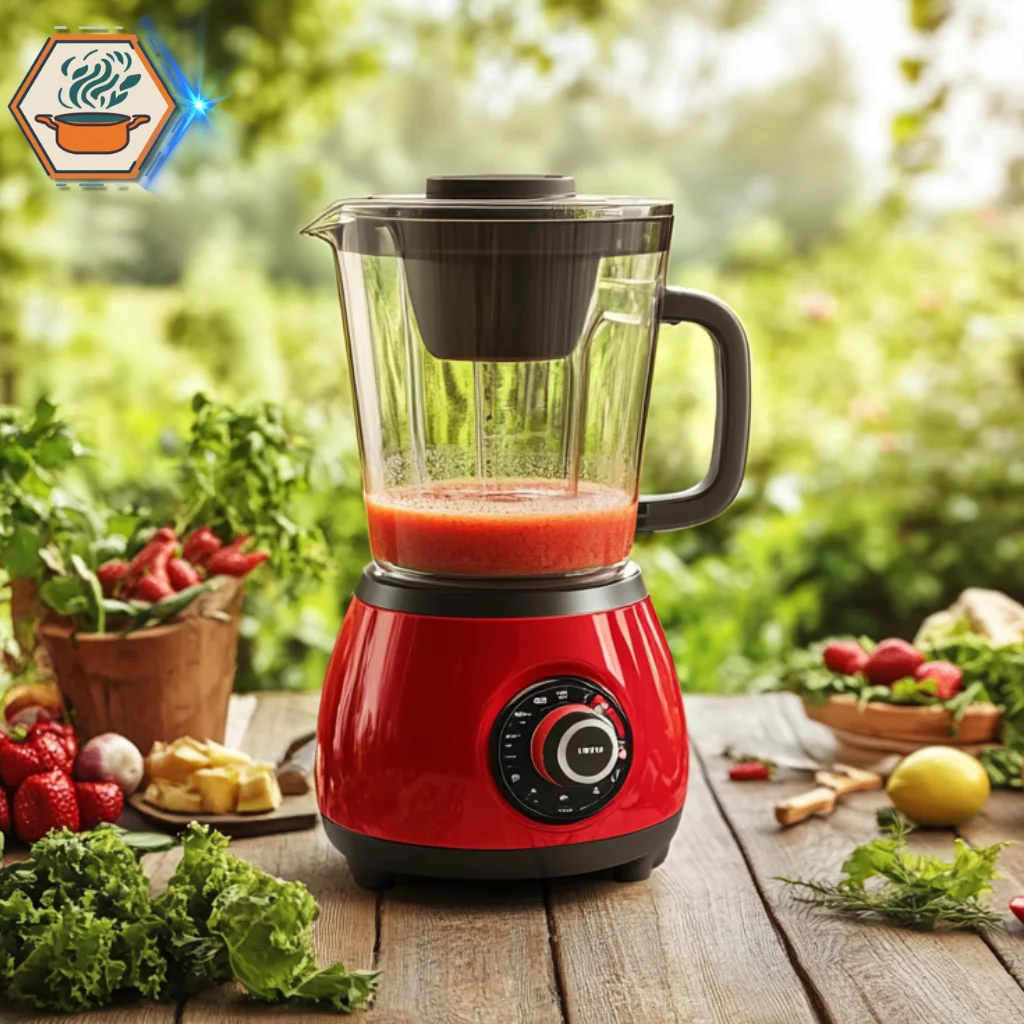
Blending your ingredients to the right texture is the final step in making your purée. The aim is to achieve a smooth, velvety consistency free of lumps. Follow these tips for optimal results results when mastering how to make a purée :
- Use a high-speed blender or food processor: A powerful blender is essential for achieving a smooth consistency. A food processor works well too, but make sure you pulse the ingredients for even blending.
- Add liquid gradually: Start blending your ingredients without adding any liquid. Once they start breaking down, slowly add small amounts of liquid (such as broth, milk, or cream) until you achieve the desired consistency. Be cautious not to add too much liquid, as it can make the purée too thin.
Avoiding Common Mistakes Like Lumps or Watery Consistency
Lumps and watery purées are common mistakes, but they are easily avoidable with a few careful steps:
- Avoid over-blending: Over-blending can result in a mushy, overly thin consistency. Once the ingredients are well-blended and smooth, stop.
- Check the texture: Before serving, always check the texture. If the purée is too thick, slowly add liquid until the desired consistency is reached. If it’s too thin, try adding a bit more cooked vegetable or fruit to thicken it up.
Adjusting the Flavor and Texture
Once you’ve achieved the right texture, it’s time to adjust the flavor and consistency. The key to a perfect purée is balancing seasoning, spices, and adding the right amount of thickness.
Balancing Seasoning and Spices
Proper seasoning is essential to bring out the best in your purée. Here’s how to balance the flavors:
- Salt: A pinch of salt can enhance the flavors without overpowering them. Add gradually, adjusting the flavor by tasting along the way.
- Herbs and Spices: Add fresh or dried herbs like thyme, rosemary, or basil for a flavorful boost. For a bolder flavor, include a dash of cayenne pepper or a hint of nutmeg.
- Butter or Cream: To give your purée a rich, luxurious texture, consider adding butter, cream, or even olive oil. This helps create a smooth mouthfeel and enhances the flavor.
Adding Thickness or Thinness: Tips for Adjustments
Sometimes, your purée may need a bit of tweaking to reach the perfect consistency:
- For thicker purée: If your purée is too thin, add a bit more of the main ingredient, such as extra potatoes or carrots. You can also use a thicker liquid, such as cream or sour cream, to help it hold its shape.
- For thinner purée: If the purée is too thick, thin it out with a bit of broth, milk, or even water. Add liquid slowly to ensure you don’t make it too runny.
Enhancing and Serving Purées: Creative Uses and Practical Tips
Purées are a versatile culinary component that can elevate everyday meals into gourmet experiences. Once you understand how to make a purée, you can easily adapt it into soups, sauces, or desserts.
Whether used in soups, sauces, baby food, or desserts, mastering the art of puréeing opens up a world of possibilities in the kitchen. Below, we explore creative ways to use purées, storage tips, and expert advice to ensure your purées are consistently perfect.
Creative Uses for Purées in Cooking
Purées are not limited to a single dish type; their versatility allows them to shine in a variety of culinary applications.
Soups and Sauces
One of the most common uses for purées is as a base for soups and sauces. A velvety vegetable purée can transform a simple soup into a rich, comforting dish. Similarly, purées can add depth to sauces, acting as a thickener and flavor enhancer.
- Example: A butternut squash purée makes an excellent foundation for a creamy soup or as a sauce for pasta.
- Internal Tip: For ideas on incorporating purées into hearty meals, check out our guide on Lipton Onion Soup Meatloaf.
Baby Food and Special Diets
Purées are indispensable for preparing nutrient-rich, easy-to-digest meals for babies or individuals on special diets. Homemade purées allow you to control the ingredients, ensuring they are free from preservatives and tailored to dietary needs.
- Tip: Use a high-speed blender to achieve a smooth consistency suitable for infants or medical diets.
- External Link: Visit Mayo Clinic’s guide to healthy baby food for more insights into making nutritious purées for infants.
Desserts and Sweet Dishes
Purées are not just for savory dishes; they can be a star ingredient in desserts. Fruit purées like mango, raspberry, or banana can be used as natural sweeteners, toppings, or filling for pastries and cakes.
- Creative Twist: Blend a purée with whipped cream for a simple yet elegant mousse.
Tips for Storing Purées: How to Keep Them Fresh
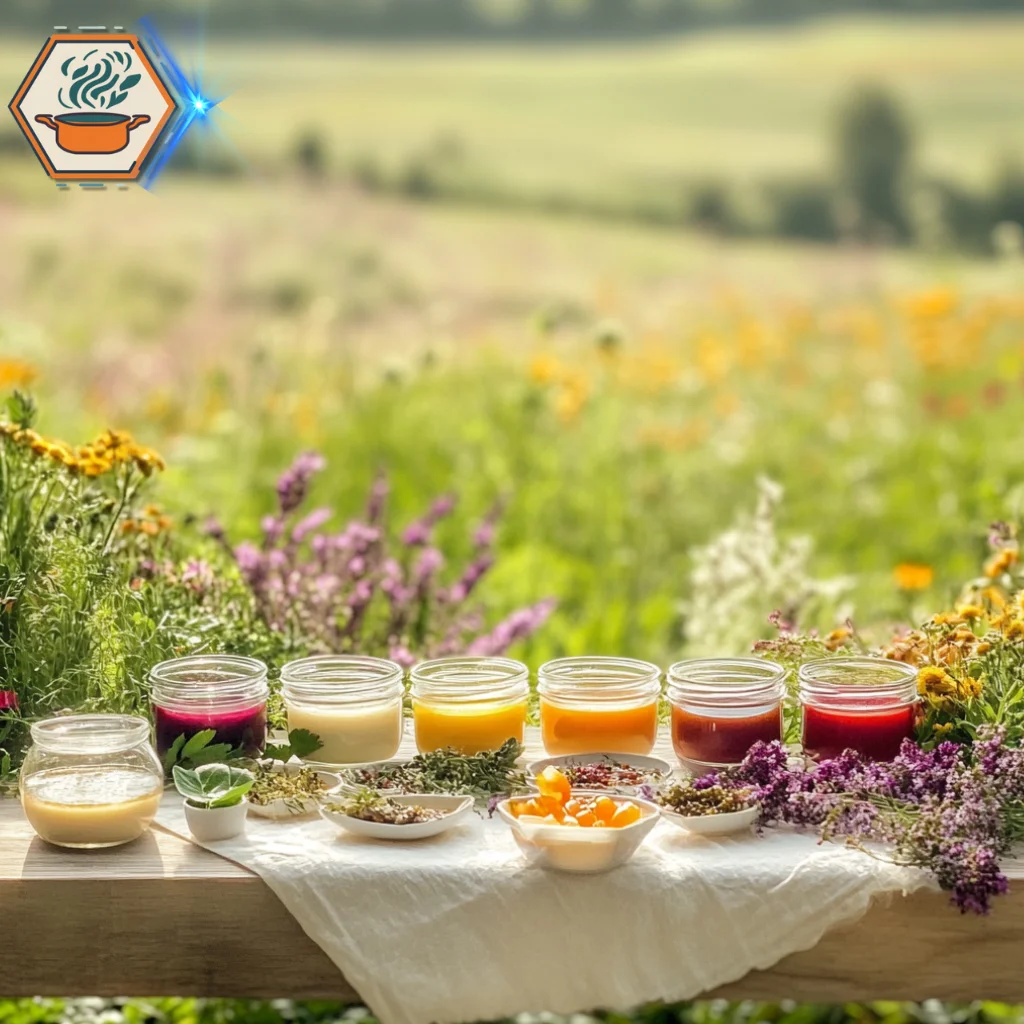
Proper storage techniques are essential to maintain the quality and safety of your purées.
Safe Storage Guidelines
To preserve your purées for future use, follow these storage tips:
- Refrigerate purées in an airtight container and consume them within 3–5 days.
- For longer storage, freeze purées in ice cube trays for easy portioning. Transfer the frozen cubes to a resealable bag and label them with the date.
Reheating Techniques Without Compromising Quality
Reheating purées requires care to prevent altering their texture and flavor. Here’s how to do it:
- Place the puree in a microwave-safe container and heat in short intervals, stirring between each to ensure even heating.
- On the stovetop, reheat over low heat while stirring continuously to prevent sticking or burning.
Expert Tips for Perfecting Your Purée
Achieving the perfect purée involves a combination of techniques and avoiding common mistakes.
Common Mistakes to Avoid
- Over-blending: Over-processing can make some purées gummy, especially starchy ingredients like potatoes.
- Skipping straining: For silky-smooth purées, always strain through a fine mesh sieve.
Advanced Techniques for Gourmet Purées
For a restaurant-quality purée, consider these advanced tips:
- Add a touch of butter or cream for a luxurious texture and enhanced flavor.
- Experiment with infusions, such as blending herbs or spices into the purée for added depth.
FAQ Section How to make a purée
How Long Does a Purée Last in the Fridge?
How Long Does a Purée Last in the Fridge?Refrigerated purées typically last 3–5 days. Frozen purées can last up to three months if stored properly.
Can You Freeze Purées at Home?
Yes, purées freeze exceptionally well. Use ice cube trays for portioning, and ensure they are stored in airtight, resealable bags.
How to Fix a Watery Purée Quickly?
To thicken a watery purée, simmer it gently over low heat to evaporate excess liquid, or add a thickening agent like potato starch or xanthan gum.
What are the different types of purée?
There are fruit purées, vegetable purées, and legume-based purées. Fruit purées are common in desserts, while vegetable and legume purées work well in soups, sauces, and dips.
What does a purée do in cooking?
A purée transforms ingredients into a smooth, silky texture. It makes food easier to digest and helps create bases for soups, sauces, desserts, and baby food.
What is a purée food?
A purée food is any ingredient blended into a soft, lump-free texture, often used for babies, special diets, or gourmet recipes.
What is purée in French?
The word “purée” comes from French, meaning “refined” or “strained.” In French cuisine, it usually refers to mashed vegetables like purée de pommes de terre (mashed potatoes).
What is a fruit purée?
A fruit purée is made by blending fruits such as strawberries, mangoes, or bananas until smooth. It’s often used in desserts, sauces, drinks, or baby food.
What are the best fruit purée brands?
Popular brands include Boiron, Perfect Purée, and Ravifruit. These are commonly used by pastry chefs for consistent flavor and quality.
What are the most popular purée flavors?
Some favorite purée flavors are mango, strawberry, apple, carrot, and pumpkin. They are versatile and can be used in both sweet and savory recipes.
By incorporating these techniques and tips, you’ll see that how to make a purée becomes simple and rewarding. Mastering how to make a purée is the key to creating smooth textures, delicious flavors, and versatile dishes.
For more inspiration, dive into our extensive collection of purée-based recipes and guides.

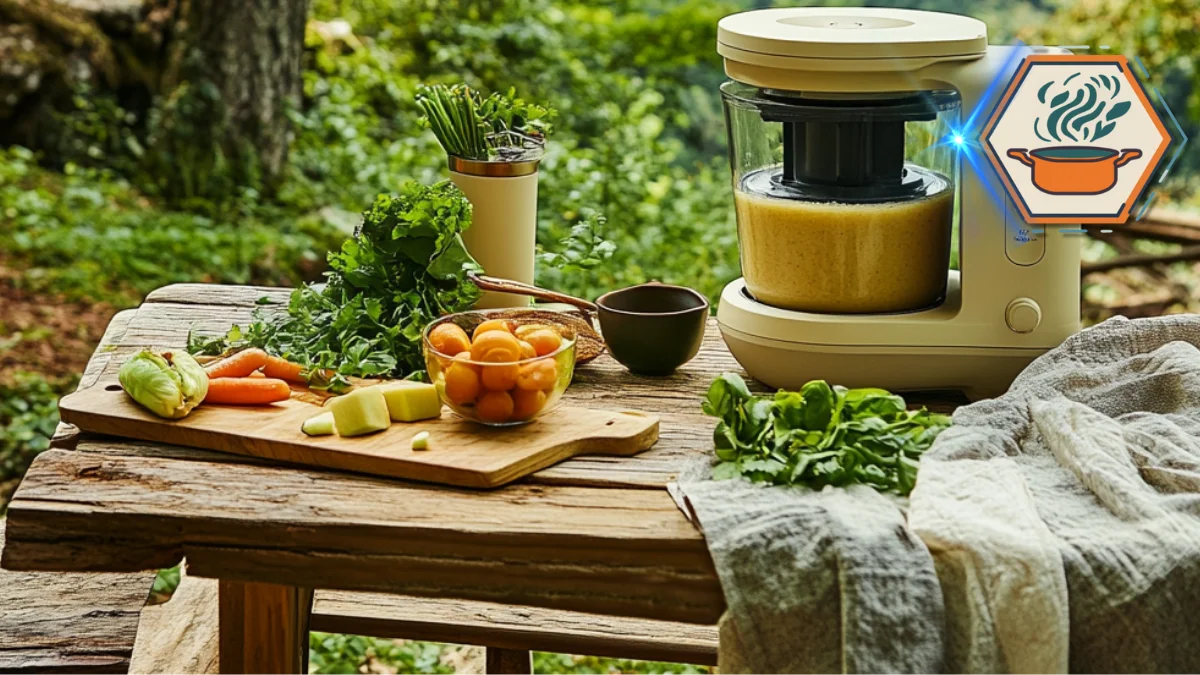
1 thought on “How to Make a Purée – 4 Powerful Tips for Better Blending”